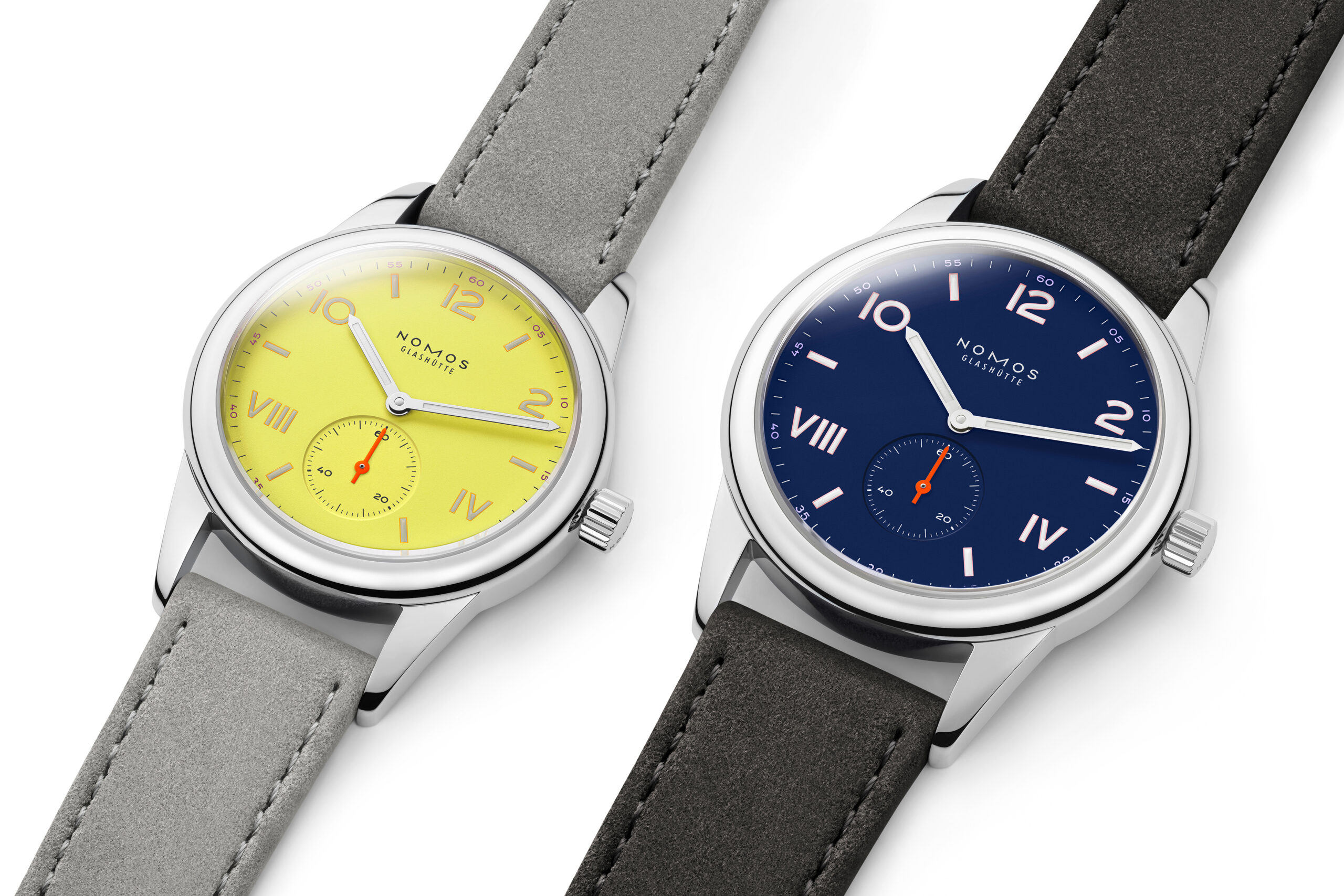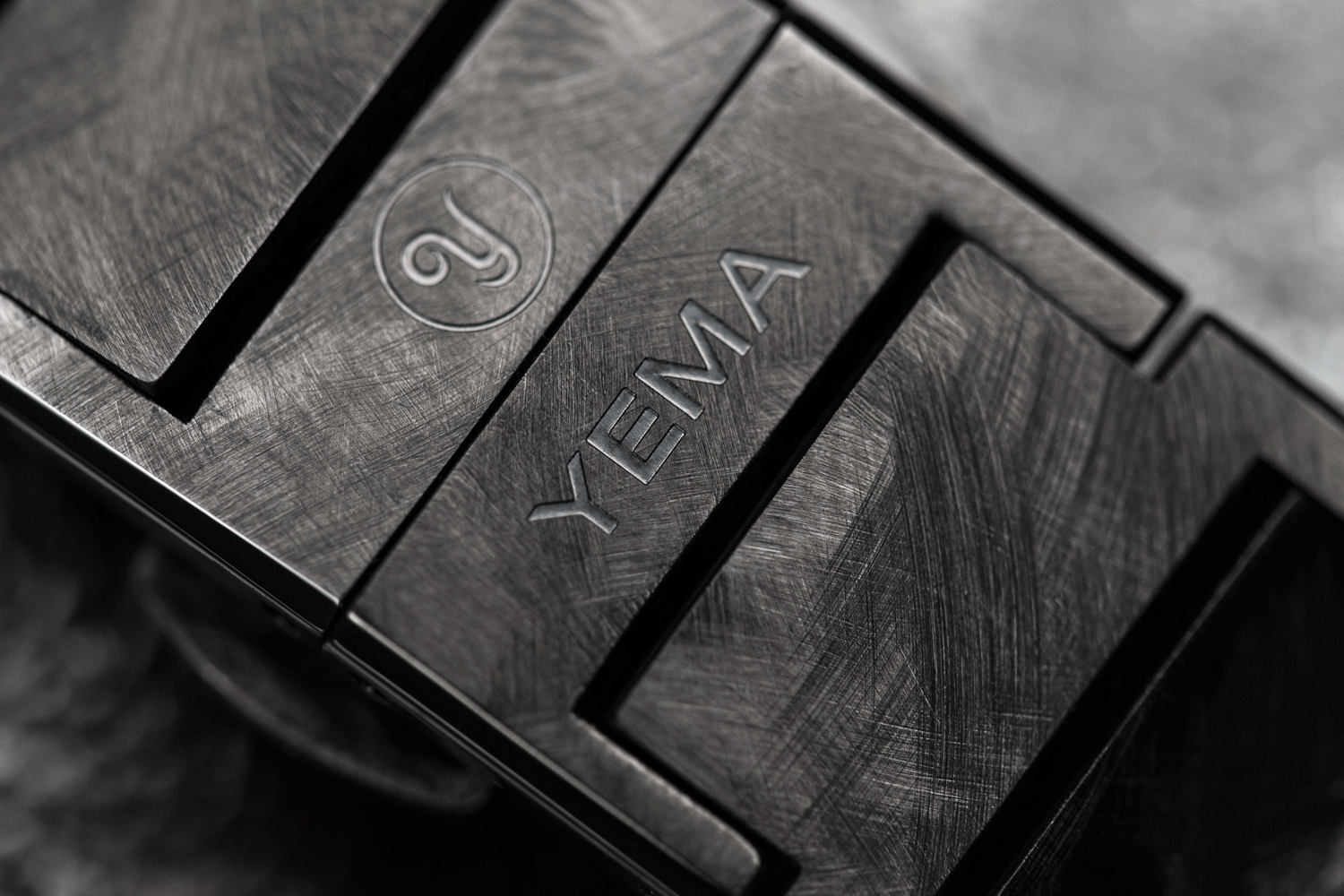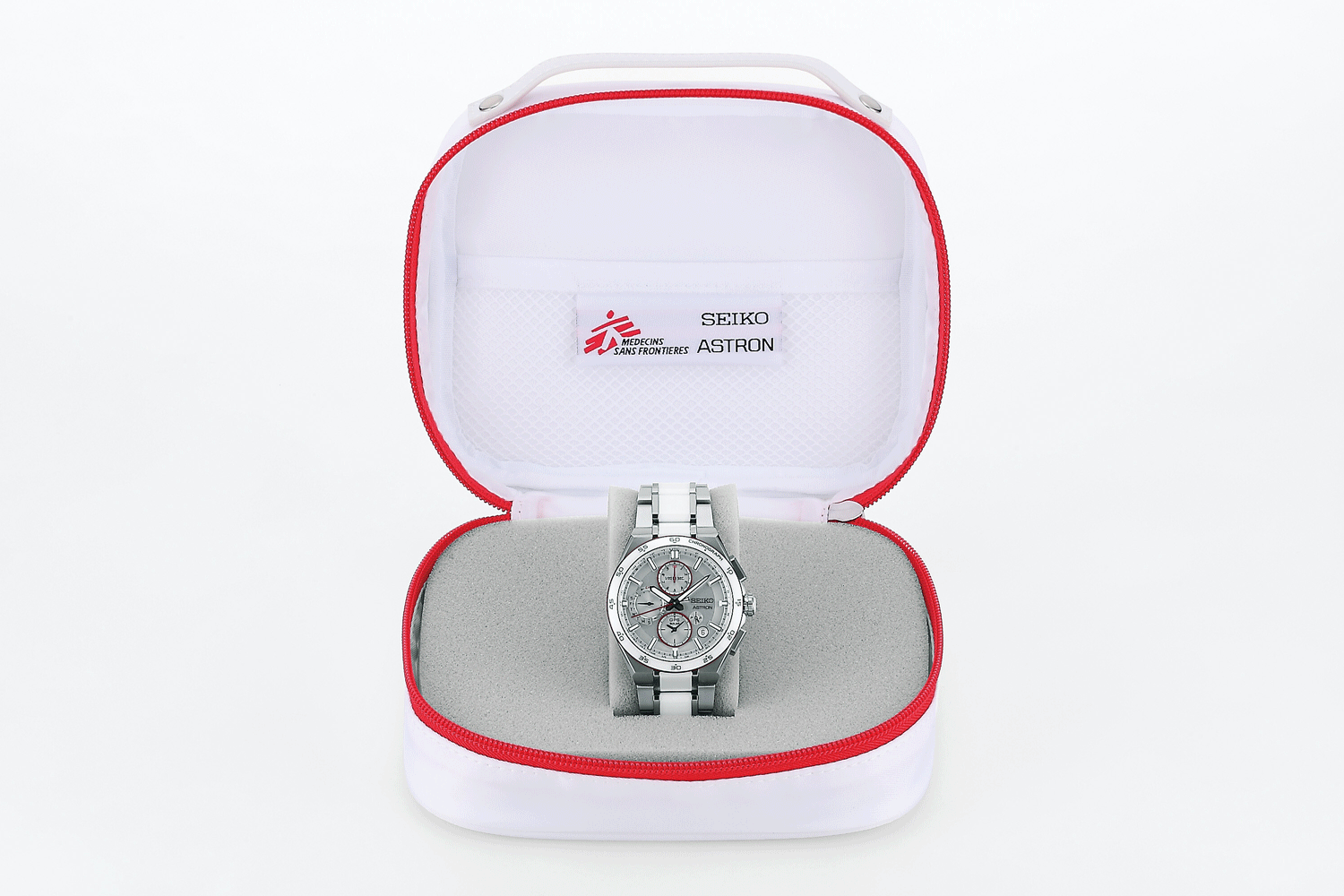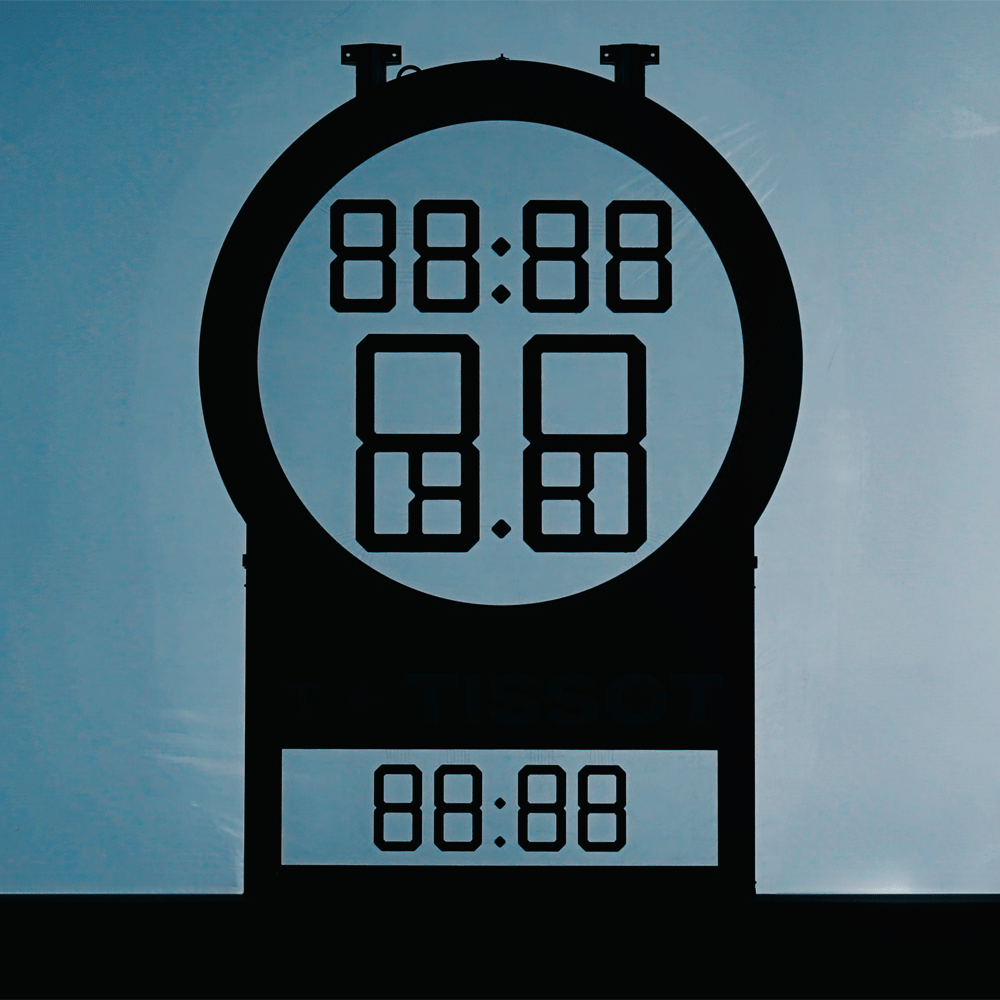Rolex dominates the pre-owned market
Rolex dominates the pre-owned market
Morgan Stanley and Luxeconsult have just published their annual report on the state of the Swiss watch industry (based on estimates) and attest to Rolex's not only sustained, but even growing market power.
Now the online watch platform Chrono24 presents its analysis of the secondary market. Here, too, the brand with the crown defends its dominance. The analysis covers transaction data from 2020 to 2024.
However, the market share varies considerably depending on the country, age group and price category and has been subject to significant fluctuations in recent years.
Market power Rolex
Rolex accounts for 34.2 percent of the global transaction volume on the secondary luxury watch market. By comparison, the next-ranked brands, Omega (10 percent), Patek Philippe (6.7 percent), Cartier (5.2 percent), Audemars Piguet (4 percent), Breitling (3.9 percent), and IWC (2.9 percent), only account for 32.6 percent combined—a smaller market share than Rolex alone.
Over the past four years, Rolex has at times enjoyed an even stronger position in the global secondary market than it does today. In spring 2020, the brand's market share was 33.3 percent, a similar level to its current level. However, during the pandemic, Rolex experienced an unprecedented upswing: In the first quarter of 2022, its share of the secondary market reached its peak of 43.9 percent.

Balazs Ferenczi, Head of Content at Chrono24, explains:
"As the flagship of the industry, Rolex particularly benefited from the luxury watch boom during the pandemic. Due to lower spending on travel and other consumer goods, as well as the persistently low interest rate environment, many increasingly relied on luxury watches as an investment. This drove up prices on the secondary market and also strengthened Rolex's market position. However, with the gradual return to normality over the past three years, the brand has also lost disproportionate market share."
“Datejust” models increased particularly in value in 2024
Despite market share losses since the peak of the pandemic, Rolex watches remain one of the most stable investments in the luxury segment, according to Chrono24. This is evident, on the one hand, in the fact that many models continue to trade for many times their list price. On the other hand, some Rolex watches have recently experienced significant price increases even on the secondary market, even though the market otherwise remained rather stagnant in 2024.
A total of eight models, including seven variants of the "Datejust" or "Lady-Datejust" and a "Yacht-Master" reference, recorded value increases of more than ten percent last year. It is striking that all of these models are in the price range between €10,000 and €20,000 – a category in which Rolex clearly dominates with a market share of 64.3 percent.
Young people love Rolex
The Datejust is not only currently one of the watches with the strongest appreciation in value on the secondary market, but is also the most popular Rolex model overall on Chrono24. Currently, the Datejust accounts for 28.8 percent of all purchases of the brand. Its share is particularly high among young buyers under 30, who largely fall into the Gen Z category. In this age group, the model leads by a wide margin, with 37 percent.
In general, Rolex is in high demand among those under 30, achieving the highest market share of all age groups at 41.1 percent. This market share declines progressively with increasing age: among 30- to 39-year-olds, it is 36 percent, and among 40- to 49-year-olds, it is 29.7 percent. In the 50- to 59- and over-60-year-old age groups, it drops further to 28.6 percent and 28.5 percent, respectively.
Willingness to invest higher among older people
At the same time, older buyers are showing a greater willingness to invest. For example, the Rolex Daytona, which is priced significantly higher than the popular Datejust, accounts for 17.1 percent of purchases among those over 60. This figure is more than double the share among watch enthusiasts under 30, where the share is just 8.2 percent.
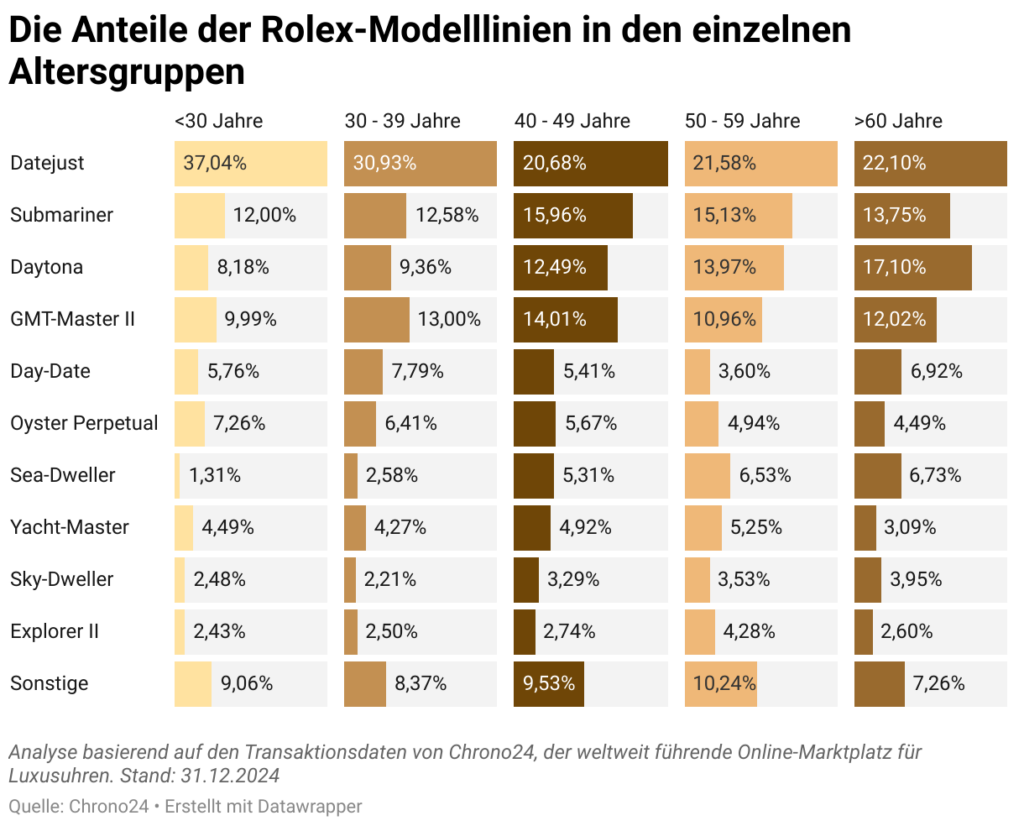
Watch expert sees no threat to Rolex’s market dominance in the foreseeable future
Balazs Ferenczi comments: "Rolex combines iconic design, exceptional quality, and unparalleled brand recognition—a combination that appeals to both novice and seasoned collectors. The brand has dominated the primary and secondary luxury watch markets for decades, and there are no signs of this changing anytime soon. After all, none of Rolex's competitors have yet come close to matching the market share of the industry leader.
Indeed, we at Chrono24 see untapped growth potential for Rolex in some regions: While the brand is particularly well represented in countries like Germany and the USA, with market shares of 41.1 percent and 39.5 percent, respectively, its share in Switzerland is significantly lower at 22.8 percent. In Hong Kong, it is even lower at just 17.9 percent.
"It would therefore be no surprise if the traditional Geneva brand further expands its dominance in the secondary market in the coming years. A key advantage over many competitors: As a family-owned foundation, Rolex thinks in generations rather than quarters. This long-term strategy lays the foundation for bold decisions to preserve the brand's desirability even in challenging times."
Balazs Ferenczi, Head of Content at Chrono24,


